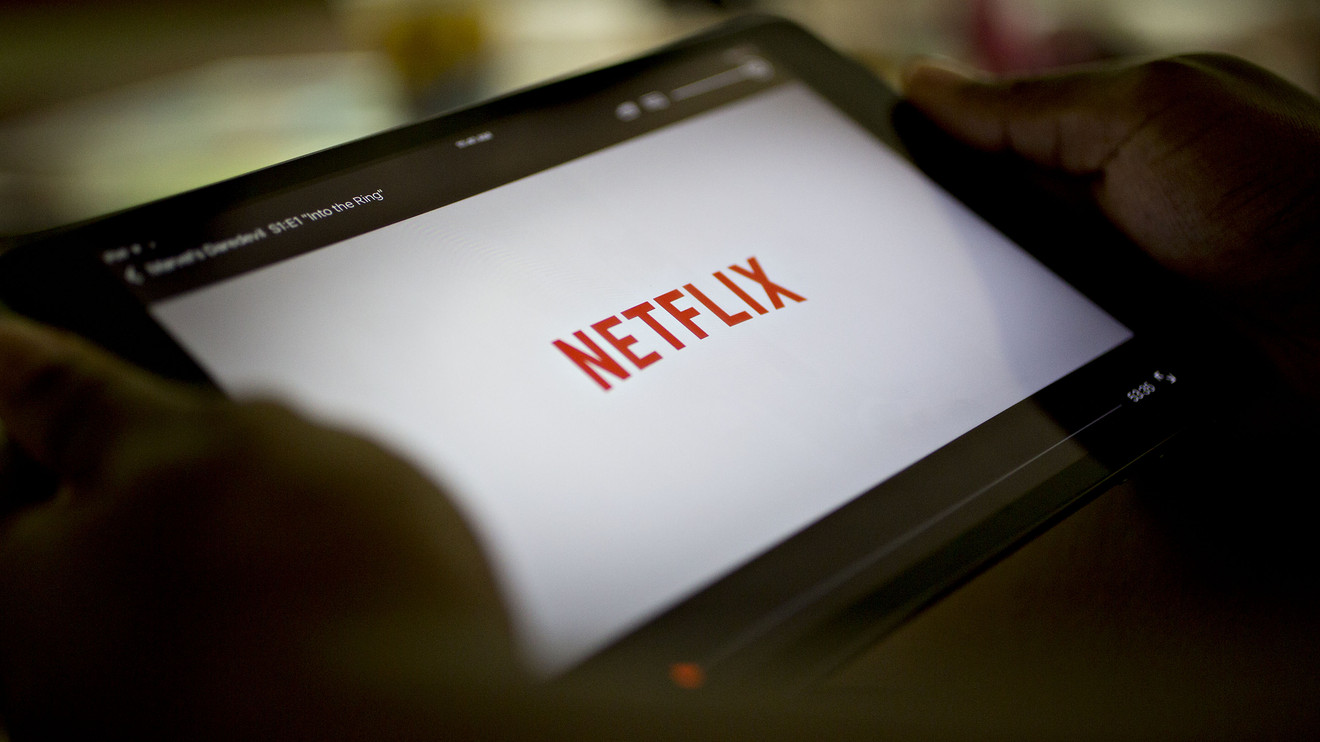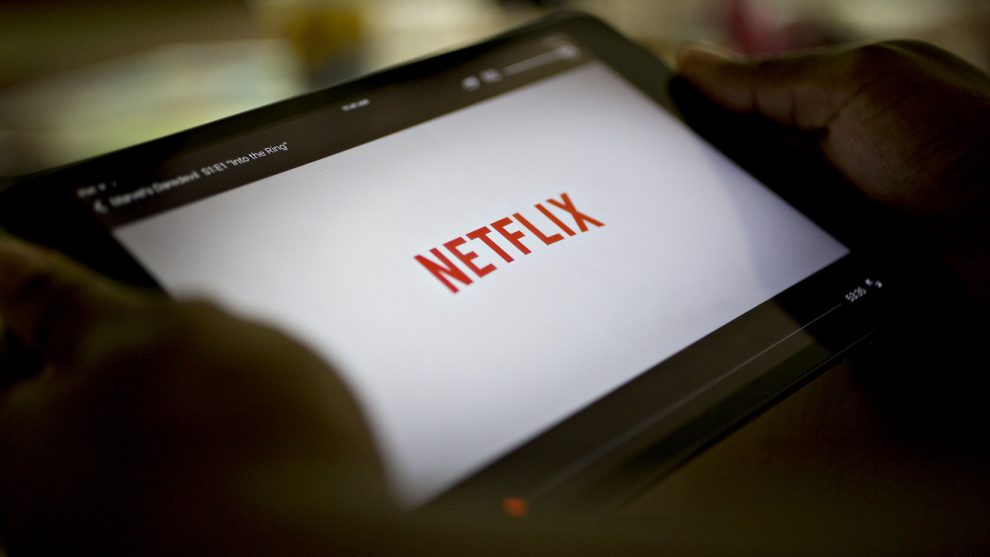
Netflix Inc. is being targeted by two deep-pocketed new rivals, but it prepared for questions about how that could affect its business by changing its definition of “competition” in advance.
Since Netflix NFLX, -0.65% showed off a total of 139 million paying subscribers as of the end of 2018, Apple Inc. AAPL, +0.18% and Walt Disney Co. DIS, +1.52% have officially debuted their visions of streaming television services. Now, Netflix must prove that it can continue to grow its subscriber base, as its customers are wooed by two giant companies that know how to woo consumers.
See more on Disney+ and Apple TV+ streaming services
But Chief Executive Reed Hastings — who once said that a streaming HBO would be his greatest competition — has changed his handicapping of the race.
“We compete with (and lose to) Fortnite more than HBO,” the company said in its letter to shareholders for the holiday quarter. Netflix’s focus “is not on Disney+, Amazon or others, but on how we can improve our experience for our members.”
Full season preview: Risk of earnings recession rises, as S&P 500 profits to fall for first time in 3 years
In other words, Netflix views the current streaming players as well as soon-to-launch offerings from Apple and Disney as merely blips on its radar as tries to win share of consumer screen time from more varied entertainment sources. Really, Netflix’s challenge is to maintain it’s incredible growth rate while not losing customers to the new rivals. Netflix added 30 million net new subscribers last year as its international push took hold, and is expected by analysts to add at least another 30 million this year.
Read: The 5 biggest questions about Netflix’s earnings
The subscriber numbers are usually the figures that move the needle for Netflix stock, which gained 9% after the March-quarter report last year. Executives project 8.9 million additions for the first quarter, which Netflix will report Tuesday, when earnings season begins in earnest.
Even more banks
Bank of America Corp. BAC, -1.09% and Morgan Stanley Inc. MS, -1.31% are looking to break from a string of fairly unimpressive bank earnings so far this quarter. Goldman Sachs Group Inc. GS, -3.82% and Citigroup Inc. C, -0.06% said Monday they were hurt by sluggish trading and merger activity in the first three months of the year, though they were able to top the low earnings expectations set forth by analysts. Bank of America is on the docket Tuesday morning, while Morgan Stanley follows on Wednesday.
Don’t miss: Goldman Sachs’ stock leads Dow losers after first revenue miss in 2 years
Five Dow components
J.P. Morgan Inc. JPM, -1.14% and Goldman Sachs were two of the seven Dow Jones Industrial Average DJIA, -0.10% components reporting this week.
In the health space, Johnson & Johnson Inc. JNJ, +0.40% and UnitedHealth Group Inc. UNH, +3.13% will post results on Tuesday morning. Expect a “potentially messy” quarter from J&J, according to J.P. Morgan’s Chris Schott, who worries about timing issues around the company’s Argenx licensing deal and Advanced Sterilization Products divestiture. When UnitedHealth reports, investors will be looking for reassurance from management about several hot-button political issues, including “Medicare for All.”
J&J earnings preview: Drug sales in focus amid worry about generic competition
Following up that afternoon will be International Business Machines Corp. IBM, -0.31% . Look for signs of stabilization or improvement within the company’s services business, according to Stifel’s David Grossman, but it’s unlikely the company will make meaningful tweaks to its full-year forecast following what’s typically a slow quarter.
American Express Co. AXP, -0.34% and Travelers Cos. Inc. TRV, -0.68% report Thursday morning.
Boeing fallout
The grounding of Boeing Co.’s BA, -1.10% new 737 Max planes are affecting the big airline carriers, and United Continental Holdings Inc. UAL, -1.13% could give a sense of scope in its Tuesday report. A key issue is whether the company is on track to meet its full-year earnings targets given the 737 Max groundings and recent fuel-cost headwinds, wrote Cowen & Co.’s Helane Becker. Management may also provide commentary on whether leisure travel is picking up after a slow start to the year.







